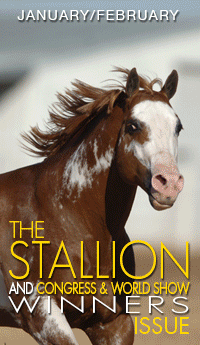EC TV- Lainie DeBoer With COVID- 19 Schooling Exercises For Equitation
March 27, 2020 Comments Off on EC TV- Lainie DeBoer With COVID- 19 Schooling Exercises For Equitation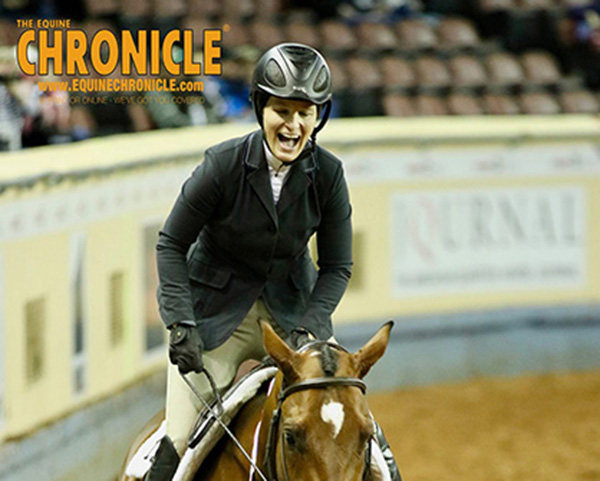
As promised, we have video instruction and explanation of the Equitation exercises provided by Lainie DeBoer in our COVID-19 Schooling Survival Guide for Equitation! It’s a great opportunity for some foundational skill practice while you’re in quarantine this weekend.
Continue reading …EC Lesson Plan For Kids #2- Markings of the Horse
March 27, 2020 Comments Off on EC Lesson Plan For Kids #2- Markings of the Horse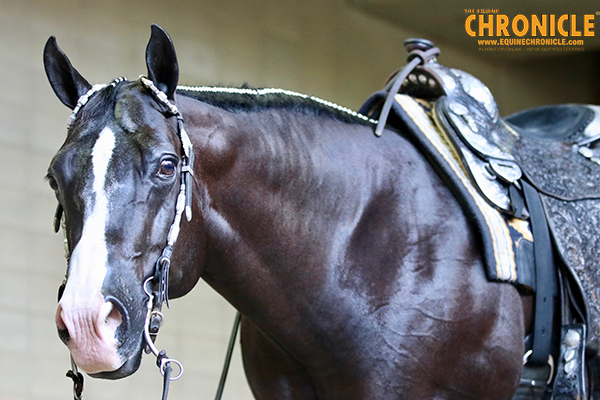
Today’s lesson plan focuses on the markings that our more colorful equines sport. Do you know the difference between a snip, strip, or crescent? What about a blaze, bald, or bonnet?
Continue reading …Equine Air Transportation During COVID-19: What You Need To Know
March 26, 2020 Comments Off on Equine Air Transportation During COVID-19: What You Need To Know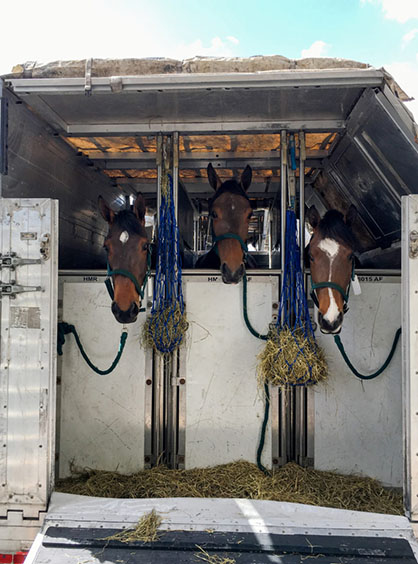
“At this point, we are not aware of any restrictions specific to travel for horses. The problem becomes the people that travel with the horses. We can’t send the animals alone, but if a country is not accepting non-citizens then we may not be able to send the pilots or grooms to the horses’ destinations because they won’t be legally allowed into the country. For that reason, some equestrians have had a hard time moving their horses internationally because they, as the owners or riders, may not be allowed into a certain nation, forcing them to seek alternative arrangements.”
Continue reading …University of Guelph Offers ONLINE Horse Behavior and Safety Course for Youth and Adults
March 26, 2020 Comments Off on University of Guelph Offers ONLINE Horse Behavior and Safety Course for Youth and Adults
“The Horse Portal brings together our youth in a safe, online community where they will learn how to ‘speak horse’ – and, ultimately, stay safe around horses and on the farm!” says Equine Guelph director, Gayle Ecker. “From grass roots to adult industry professionals, we are so proud when our students tell us how our courses have helped them.”
Continue reading …Is My Horse At Risk From COVID-19?
March 25, 2020 Comments Off on Is My Horse At Risk From COVID-19?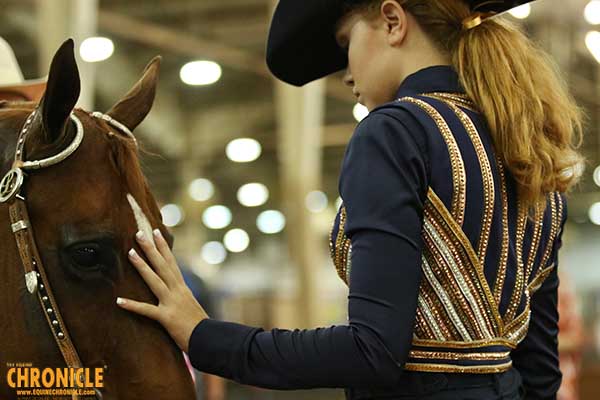
“This is topical but as with many of these issues, there is, unfortunately, a dearth of evidence on which to base any firm guidance. There is no evidence that I am aware of that horses or farm animals are susceptible or can act as a source of infection for humans.”
Continue reading …COVID- 19 At Home Schooling Survival Guide- Hunt Seat Equitation With Lainie DeBoer
March 25, 2020 Comments Off on COVID- 19 At Home Schooling Survival Guide- Hunt Seat Equitation With Lainie DeBoer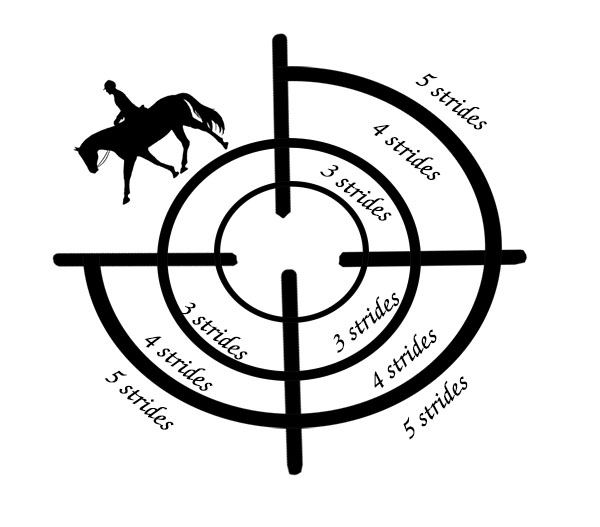
“When we study Hunt Seat Equitation and, more importantly, the judging system, your form and effectiveness is very heavily weighted in each maneuver and overall impression. So, now would be a good time to go back to the basics of your position and hone your skills so you can gain as many points as you can.”
Continue reading …AHC Compiles Resources to Help Equine Industry During Pandemic
March 22, 2020 Comments Off on AHC Compiles Resources to Help Equine Industry During Pandemic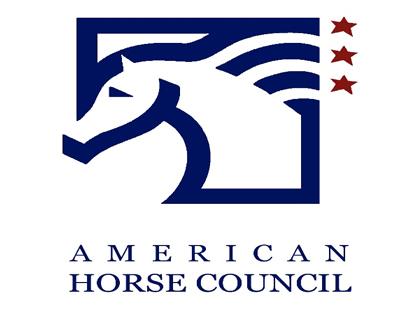
Because a large percentage of equine businesses file tax returns as S-Corporations or “pass through” entities, the small business loans could be especially helpful for many members of the horse industry moving forward. With respect to the half-trillion dollars in direct payments to individual taxpayers, the Administration states that it would seek to disburse the payments in two portions including a $250 billion installment that could be available as soon as early April. Stay tuned for details related to stimulus, and possible benefits for large segments of the horse industry, as lawmakers turn their attention to legislation intended to blunt the impact of COVID-19.
Continue reading …At Home Trail Schooling Survival Guide
March 20, 2020 Comments Off on At Home Trail Schooling Survival Guide
Special thanks to Carson Griggs for sharing this great resource- a Trail Schooling Survival Guide with obstacles you can set up to practice at home during the coronavirus quarantine!
Continue reading …The Equine Chronicle Lesson Plan For Kids! #1
March 20, 2020 Comments Off on The Equine Chronicle Lesson Plan For Kids! #1
We have created a lineup of lesson plans especially designed for the equine enthusiast in your life. Check back each week to see what we have planned while your kids are out of school for the time being.
Continue reading …Inside Scoop From “Mickey’s Dietician” on How Equestrians Can Improve Their Nutrition
March 18, 2020 Comments Off on Inside Scoop From “Mickey’s Dietician” on How Equestrians Can Improve Their Nutrition
Talk about the most interesting job you never knew existed! AQHA amateur competitor, Erin Shapiro Boatwright, is a Registered Dietician for Disneyland Resort in California. (She’s basically the head nutritionist for Mickey Mouse, in our opinion….)
Continue reading …






